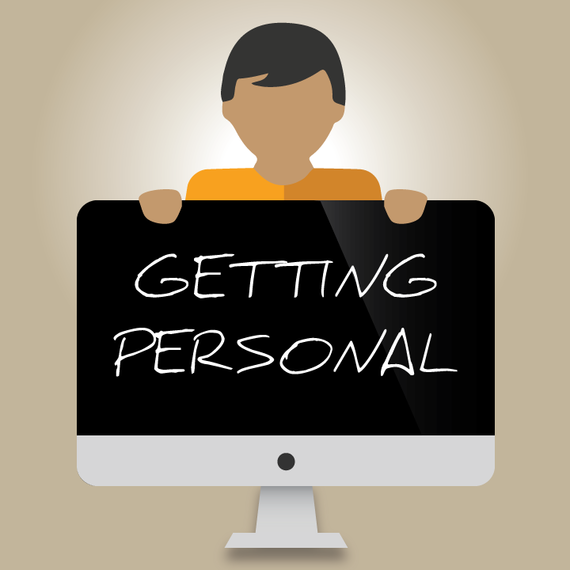One of the most frequent questions I get about teaching online is whether it is possible to truly connect with students in the virtual environment. My experience is an unequivocal yes. While there may be a difference in the tools used, the methods to engage students are the same as the traditional, physical classroom: motivation, personalization, and solicitation of their ideas.
Below are three tools, each available in device neutral and free formats, I use to connect with students and increase engagement. Each may be used in asynchronous*** or synchronous learning environments, and I have used each of them in flipped and other forms of traditional classrooms.
1.Pre-Course Surveys
Engagement begins with connection, and connection begins with getting to know and listening to your students. To get to know my students, I use surveys throughout the semester, including a required pre-class survey as part of our introductory assignments.
I include six to eight questions about professional and educational background, reasons for taking the course or seeking the degree, concerns about the class structure or technology, and simple get-to-know-me topics, such as "what was the last book you read" or "where do you get your news: social media, websites, newspapers, etc." I then send each student an individual email acknowledging their responses and engaging them based on one or more answers.
Having used this technique for nearly a decade, I find that most students are not only surprised to learn that their surveys are read, but pleased to make a personal connection. The email serves not only as an icebreaker and early motivator, but the survey answers help me understand and know my students individually and collectively, allowing me to better personalize the course. These surveys have worked so well that I now incorporate them in all of my classes, virtual or not.
2.Informal Video
A second way to reach students and personalize your course is to use informal videos for periodic updates and check-ins. These videos are different from my instructional videos, which cover doctrinal fundamentals, with follow-up assessments and activities to deepen and assess learning. While there are techniques for connecting with students in these more-formal instructional videos, because: (a) I may create the videos well before the semester start; and (b) they may be used for more than one semester, these videos often lack personalization.
To keep the course fresh, I use informal videos to start each unit or module. These are short, four to five minutes, and include a quick review of the previous unit and a few comments about the upcoming material. I reference individual student work and include direct feedback to let students know they are heard and that their work was in fact reviewed. I may also discuss a recent event or timely issue to keep the material up-to-date.
While my more-formal instructional videos include visuals covering the doctrinal material, these informal videos are just me, using my built in webcam, speaking directly to the students. I find this decreases student feelings of isolation and anonymity, as well as assuring the students of my constant presence in the course.
3. Informal Audio
I use informal audio for the same purposes as informal video. I also frequently use audio for individual, personalized assessment feedback. Audio allows me to provide a depth of feedback that is not possible with the written word. Varying my voice tone, emphasis, and intonation allows students to recognize nuance and better understand my comments, promoting better learning outcomes.
I often provide a separate audio file with a summary overview of the assignment, in addition to my individual comments. I find that hearing from me collectively, as well as individually, increases the sense of community between student and teacher, and among the class as a whole.
Audio is simple to use with today's technology. Files are easy to share in the cloud or through your learning management system (LMS). Nearly all devices have built-in audio recorders, and there are many open source tools available as well. This makes it easy to require students to complete assessments incorporating audio, further increasing social interaction and decreasing anonymity.
Maximizing Engagement
Utilizing technology in a thoughtful, deliberate way, to listen, hear, and respond to your students, promotes connection and increases engagement. In any classroom, virtual or otherwise, I have found that more frequent, personalized communication with students, either through email, text, audio or video, dramatically increases student - and professor - satisfaction and enjoyment, as well as learning outcomes.
***While some asynchronous courses give students complete control over pacing, my courses do so on a week-by-week basis. Students work independently on one unit each week (or set time period) and are required to complete the unit within the week. All assignments are due on a specific day, at a specific time. This allows students to act as a cohort of sorts throughout the course, facilitating both formal and informal group work. It also allows students to feel more connected to one another and prevents any one student from getting too far behind, or too far ahead.
